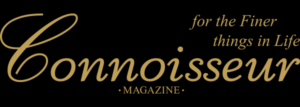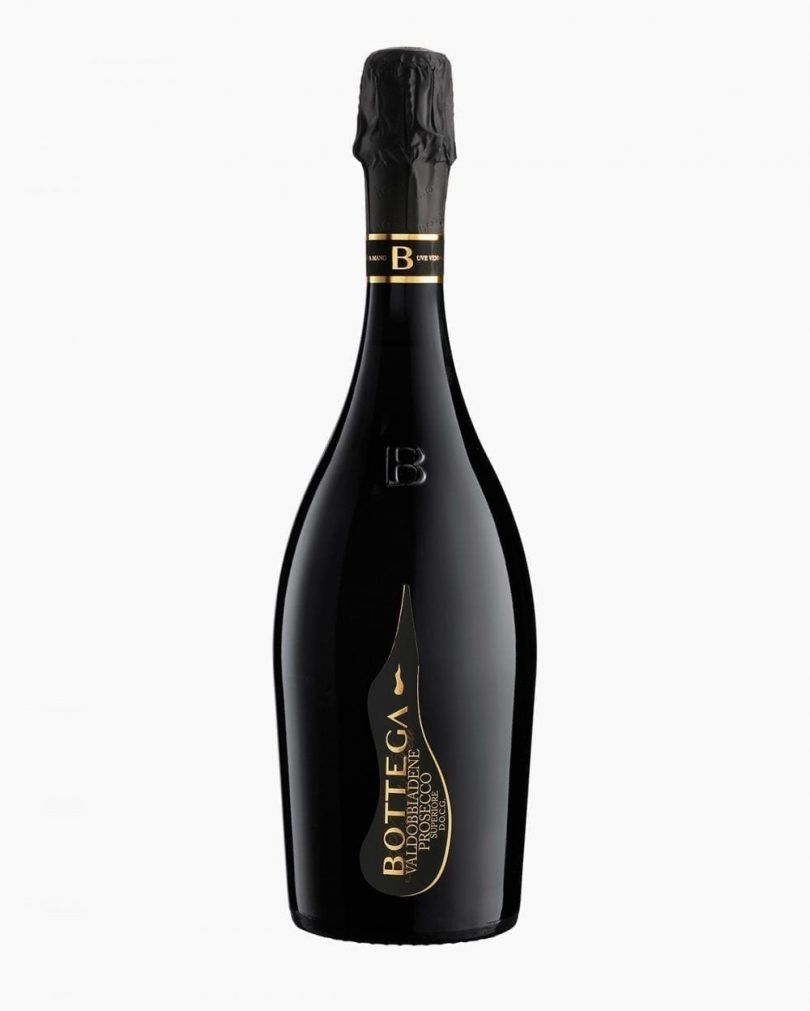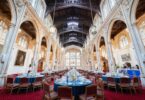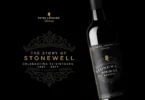Austerity and Prosecco
Posted: 3rd December 2018
November was grim month. Sometime in the twilight days of October I realised I could no longer fit into my clothes. I had a clear choice: new clothes or lose weight. As I could not afford the former, it had to be the latter; so I gave up lunch.
Lunch was only ever what the others had failed to finish, but there was quite a lot of that and then there were cakes and biscuits and all sorts of things that lay about the house. Anyway, I reduced my daily diet to two slices of my own (substantial) bread with my coffee and then perhaps a couple of tangerines during the day. Dinner accompanied by wine was at eight as usual. One or two things broke up the day and stopped me going mad: a cup of tea at four and a couple of pints of water at half past six.
After just over a month I feel quite well adapted. Members of my family offer me biscuits, even lunch sometimes, but I do not waver. From time to time I feel like St. Anthony in the desert, but I am even more adamantine in my commitment than he was. I knew that as Christmas approached there would be a few evening parties and even the occasional lunch, and that I would have to make an exception here or there, but I aim to persist, at least until the end of Advent.
So far I have had two lapses. On one occasion friends invited me to Bedford for an Anglo-German birthday party and we ate, almost without a break, all day; and the other was on the last day of the month when I attended a tasting at the Osteria in the Barbican, followed by lunch! The tasting was of Bottega prosecco. Now, I am not a huge prosecco drinker but I have noticed how popular it has become in Britain. I had first witnessed the prosecco craze in Munich and elsewhere in Germany where affluent young ‘Schickimickis’ sat around in cafés drinking it in preference to still wine or beer. Germans drink lots of Sekt or sparkling wine, so this wasn’t particularly revolutionary. In Britain, on the other hand, sparkling wine was restricted to high days and holy days: weddings and birthdays, and if you couldn’t run to champagne for the occasion you tended to drink Catalan cava instead.
That, it seems, has changed; and people are now prepared to drink a glass of sparkling wine where, in the past, it was always still. It is also true that champagne has priced itself out of many people’s budgets: with the found flailing, the price of champagne has increased by 12% meaning that the average cost of a bottle is over £20 for the first time. Sales have decreased by 20% since 2016. Sandro Bottega demonstrated that proper prosecco, made from Glera grapes grown on the steep slopes of the Dolomites, is not any cheaper to produce than champagne, despite the fact that the second fermentation is in tank, rather than bottle. The ‘Charmat’ tanks cost a lot of money. What makes champagne more expensive is the fact the champagne producers have to pay more than five times as much for their grapes. On the other hand, not all prosecco is as well made as his and at around £20 his top prosecco – Gold – is more expensive than many champagnes. Rough and ready prosecco may be had for as little as £5.25 a bottle.







